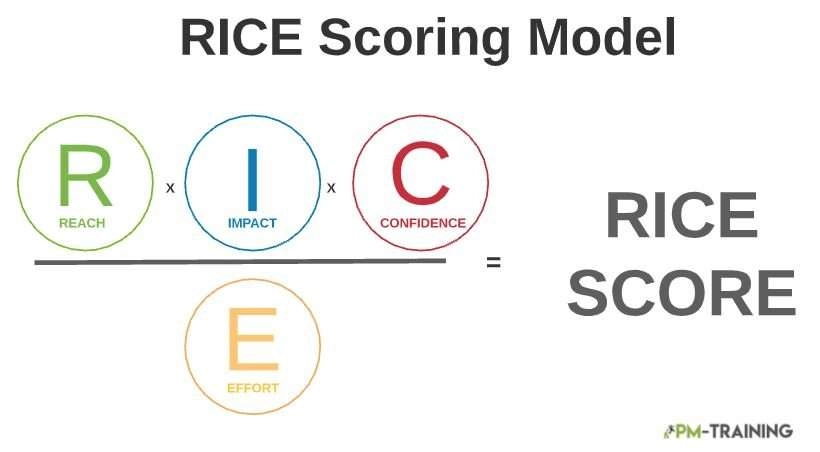How-to: Use the RICE model to determine what to develop and when
At any moment, there are a million things to do, and single digit resources with which to do them. Deciding what your time is best spent doing is important in getting the most bang for your buck, but how do you decide what that is? I’ve started using the RICE method as one tool in the toolbox, which takes ‘Business Value’ and ’T-shirt sizing’ to the next level.
RICE stands for Reach, Impact, Confidence, Effort, and they combine to make a powerful metric that cuts through the noise and helps make better decisions about what to develop.

R—Reach
This is the number of people you expect would benefit from doing a particular option. If you’re using RICE in the context of sales, then it would be the number of customers you can potentially convert. If it’s in the context of maintenance or technical debt, it would be the number of people-hours saved from inconvenience.
I—Impact
Is a bounded score that measures the expected impact of an option, for instance, 1-to-10, where 1 is minimal impact, and 10 is a massive impact.
C—Confidence
High confidence is 100%, Medium confidence is 80%, and low confidence is 50%. Anything lower should be considered a moonshot.
E—Effort
This is to get an idea of how much work is involved. This can be person-hours, or for large projects, person-months. Consistency in comparison is what matters.
Once you have all four: Reach, Impact, Confidence and Effort determined, you can then calculate the RICE score and end up with a definitive metric for comparison and determining order.